Projects Overview B2/I Modelling fiber-matrix bond and mineral-bonded composites under impact loading
B2/I Modelling fiber-matrix bond and mineral-bonded composites under impact loading
The aim of this subproject is to make a numerical model of cement based composites which fibers are modeled explicitly and represented by embedded elements.
To this aim, our in-house program CaeFem has been developed to analyze simple regular discretization of heterogeneous mesoscopic continuum with discrete distinction of aggregates or void from a matrix with different discretization approaches and comparisons are made with a commercial FEM program-DIANA. A material model is implemented and assigned to bond element to connect embedded fibers to continuum which fibers are distributed randomly within the simply discretized continuum. The next three steps will be: modeling of random geometry (for position, orientation and length of fibers, position and size of aggregates, comparison of approaches to model continuum with embedded fibers and embedded smeared or discrete cracks using FEM (SDA and X-FEM), EFG and iso-geometric methods and implementation of physical nonlinearities regarding fiber, bond, aggregates, matrix. Incidentally, the behavior of composite under quasi-static loading, as a necessary prerequisite for dynamics, will be validate by experiment results provided by Institut für Baustoffe.

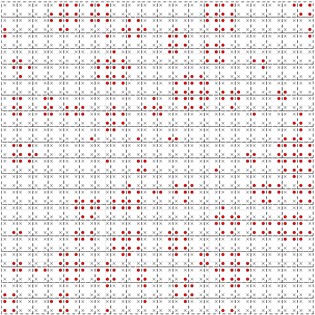
Modelling the behavior of high strength SHCCs (Strain-hardening cement-based composites) made with high performance polymer fibers under quasi-static tensile loading. High density polyethylene fibers are modelled explicitly and distributed randomly in a two-Dimensional model. Single fiber pullout test result is used for micromechanical characterization of bond strength. Load test simulations are conducted with in-house program CaeFem and comparisons will be made with experimental results. Several sensitivity analysis will perform based on different fiber contents and notches located in the mid-height of a dumbbell specimen. The resultant behaviors will be compared and verified versus obtained results from.
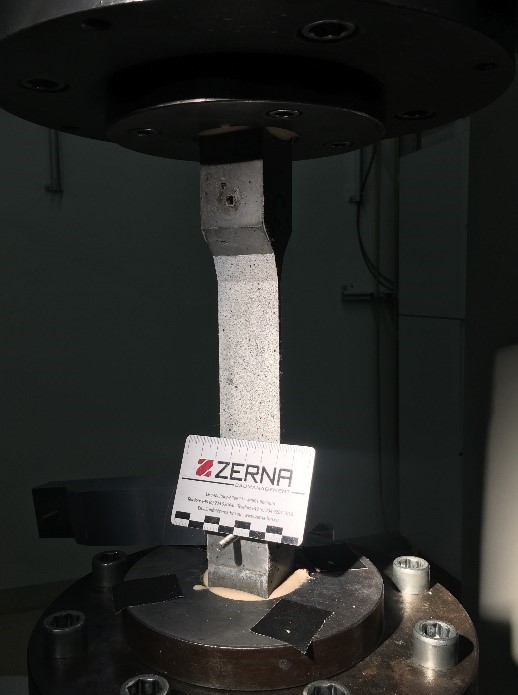
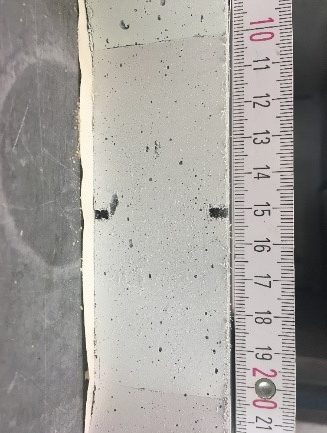
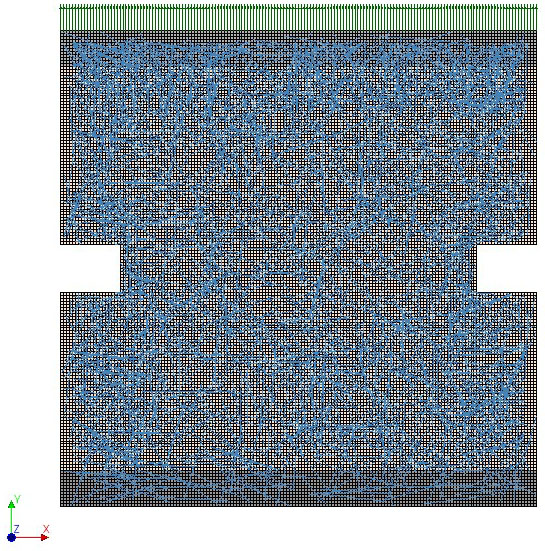
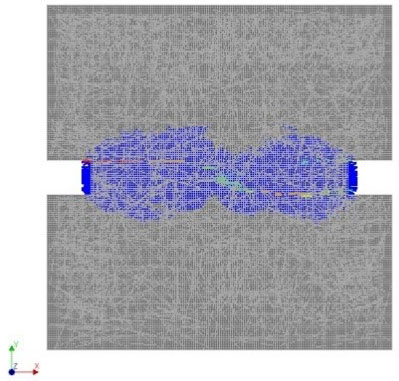
- Thin dumbbell specimen and Test set-up,
- Specimen with notch,
- Simulation of notch area and
- Crack pattern for notch model under quasi static tensile loading
Contributors

© André Terpe
Doctoral Researcher
(2017-2020)
Dr.-Ing. Alaleh Shehni
Institute for Solid Construction
August-Bebel-Straße 30
01219 Dresden
Germany
- alaleh.shehni@tu-dresden.de
- Institute
- +49 351 463 39620

© Ulrich van Stipriaan
Principal Investigator
Univ.-Prof. Dr.-Ing. habil. Ulrich Häußler-Combe
Institute of concrete structures
ABS, Floor 05, Room 009
August-Bebel-Straße 30/30A
01219 Dresden
Germany
- ulrich.haeussler-combe@tu-dresden.de
- Institute
- +49 351 463 36568
- +49 351 463 37279
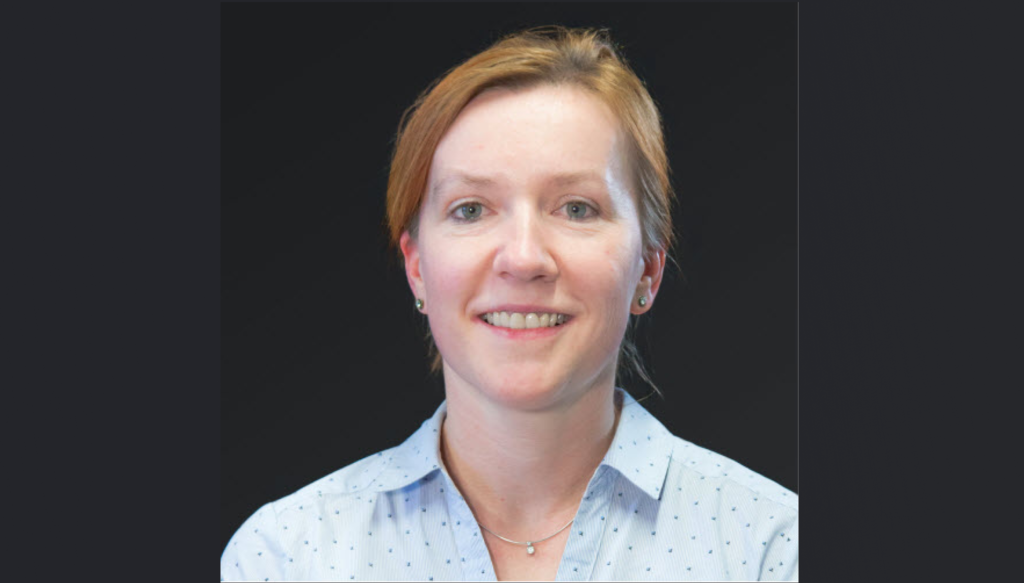
in cooperation with
Prof. Dr.-Ing. Christina Scheffler
Institute of Textile Machinery and High
Performance Material Technology (ITM)
Hohe Straße 6, Room 138
01069 Dresden
Germany
- scheffler@ipfdd.de
- Institute
- +49 351 463 39300
- +49 351 463 39301

